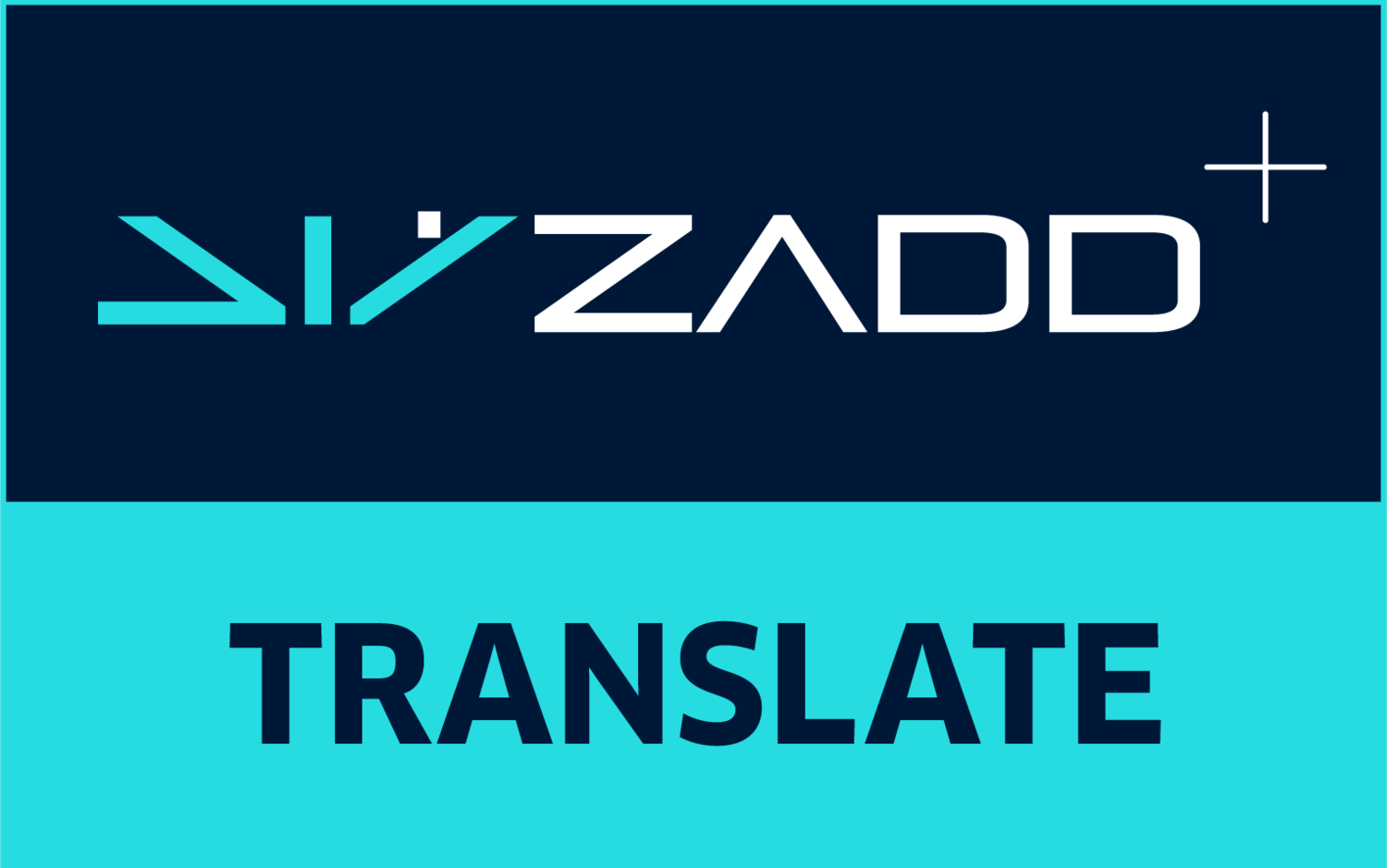Why Professional Human-Powered Arabic Translation is Key to Your Business Success
While French philosopher René Descartes believes thinking proves his existence as depicted in the famous quote “I think, therefore I am”, international and foreign businesses in Arab countries ought to establish their presence through Arabic translation!
Whether it is a consumable product, technological solution, consulting services, or content that you are selling, the Middle East is undoubtedly a promising market for your business.
Based on key factors like geography, economy, communication, diplomacy, knowledge, and media, the Power Language Index (2016) ranked Arabic the 5th most powerful language globally.
Although some argue that English is the world’s lingua franca and sufficient to communicate worldwide, the EF English Proficiency Index (2020) reveals that the majority of Arab countries rank “low” and “very low” in terms of proficiency in English skills. This stresses the necessity of speaking Arabic, the people’s tongue, to be able to expand in this growing market.
However, with nearly 3.5 million speakers in 22 different countries in both Asia and Africa, Arab natives speak a wide range of dialects, rendering communication stuck in a high context, which requires the use of the modern standard Arabic (MSA) to reach out to the vast majority.
This task is rife with potential challenges and errors if lacking an expert eye. The Arab communities have recently witnessed a wave of funny translations delivered solely by machines without human intervention, creating odd translations like “البصل الأخضر يغادر”, literally meaning in English “the green onion is leaving” to an essential product named “green onion leaves” just because the English word “leaves” could be either the plural of a leaf or the third person verb of leave depending on the context!
Achieving a solid presence in the Arab world is thus only confined to a professional translation task force that knows all the ins and outs!
